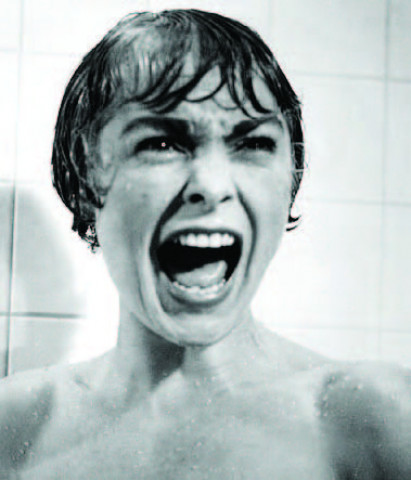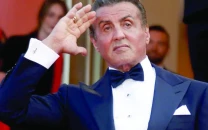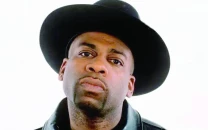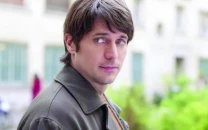Remembering a classic
It is the horror film that with the release of Psycho, received a template it has followed to this day.

Remembering a classic
The thing about Shakespeare is this: one doesn’t know how much Shakespeare contributed to the form of drama and the English language because he changed the rules of the game. He experimented with techniques that had never been seen before; the use of soliloquies for intimate psychological portraits, his morally ambivalent protagonists, he made up reams of vocabulary that has passed into common parlance to the extent that one isn’t even aware of quoting Shakespeare any longer, it is merely using a proverb. Trying to imagine theatre without Shakespeare is trying to imagine a car without the prior invention of the horse drawn cart — it would not necessarily be better, but it would most certainly be unrecognisable. The same goes for modern cinema and Alfred Hitchcock. And while his presence is seen in genres as broad-ranging as romantic comedies, action-adventures, psychological thrillers and romantic melodramas, it is the horror film that, fifty years ago, with the release of Psycho, received a template it has followed to this day.
From ambiance created by the meticulous visual design, to the iconic Herrmann soundtrack, to the anxious all-too-human tour de force provided by Anthony Perkins, Psycho, crafted on a small budget as a pet project, remains one of the most startling films to have emerged from mainstream cinema, and I would argue, singularly the most influential.
The story, which has all but passed into folklore, is that Marion Crane (Janet Leigh) steals a large sum of money from her employer and attempts to leg it across America with it, stopping briefly at a remote motel run by skittish mummy’s boy and taxidermy-enthusiast Norman Bates. During her stay, she steps into a cubicle to take the most famous shower in pop culture history. And lo, the modern psychological horror is born.
If the power of this scene had been merely that it was unexpected to kill the film’s main lead and only known star a third of the way into it, then it wouldn’t still hold sway over those of us who watched it for the first time long after the homages and the parodies. The force of it lies in the consummate craftsmanship — we’re tricked into believing that what we’re watching is violence and nudity — when in fact there is very little of both. Hitchcock knew that his job was merely to set the scene and that our minds would create the hellish scenario for us.
Published in The Express Tribune, August 8th, 2010.



















COMMENTS
Comments are moderated and generally will be posted if they are on-topic and not abusive.
For more information, please see our Comments FAQ